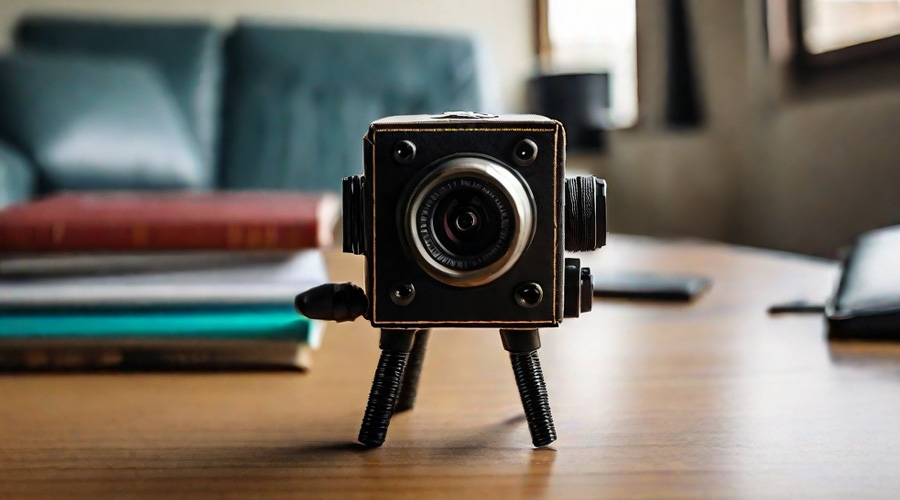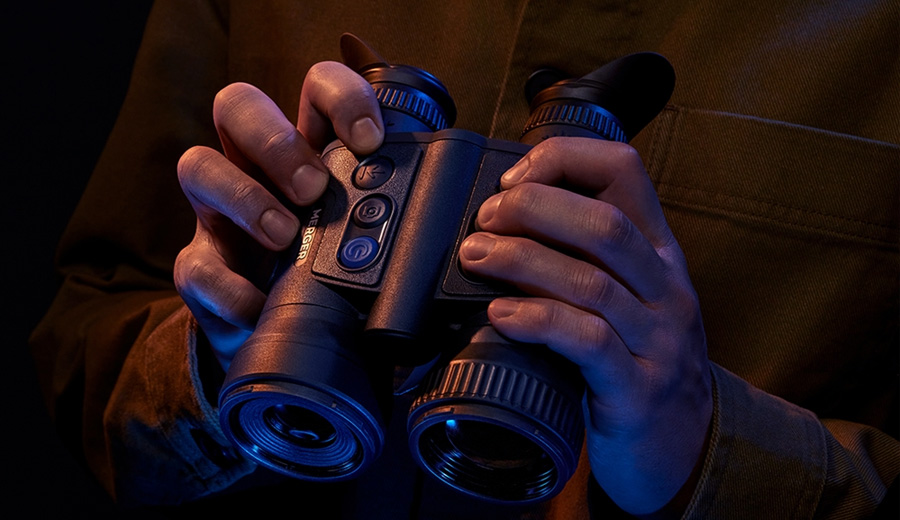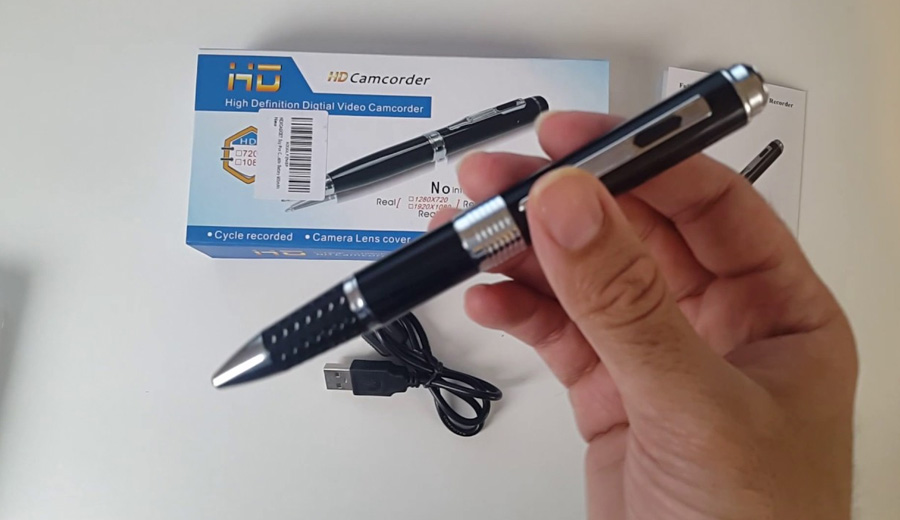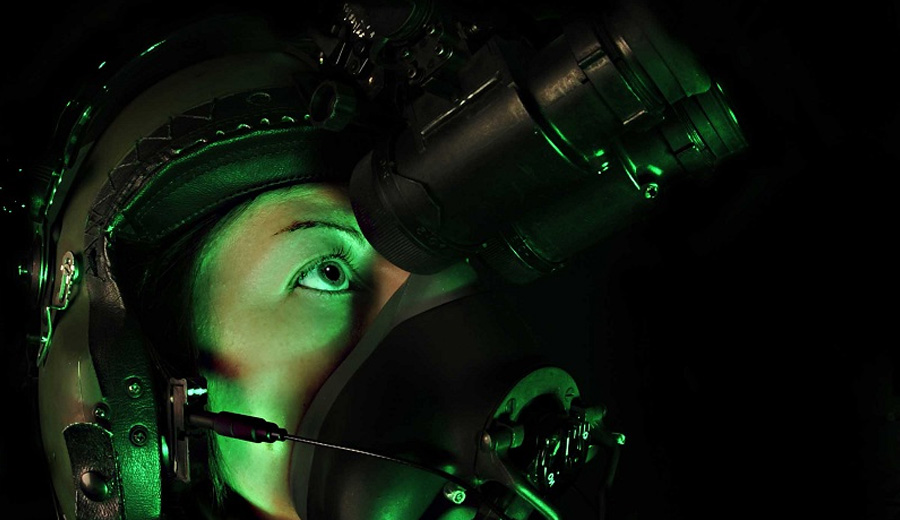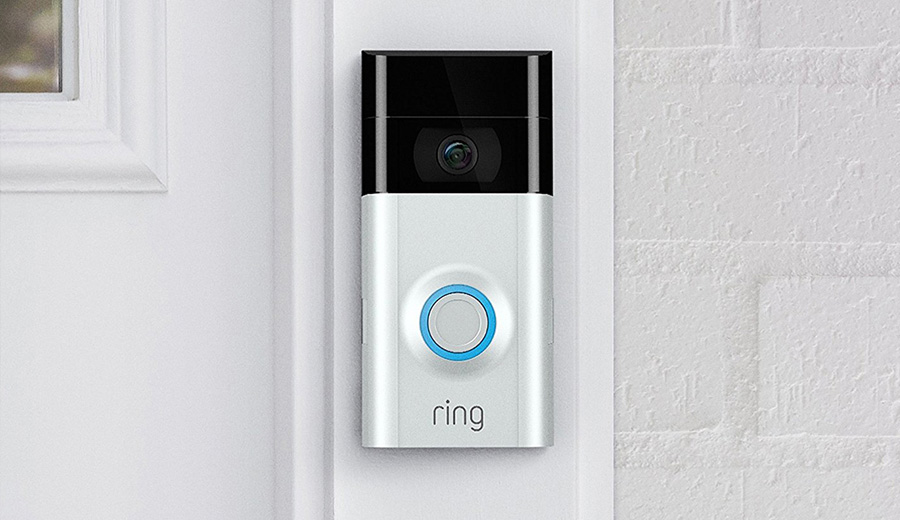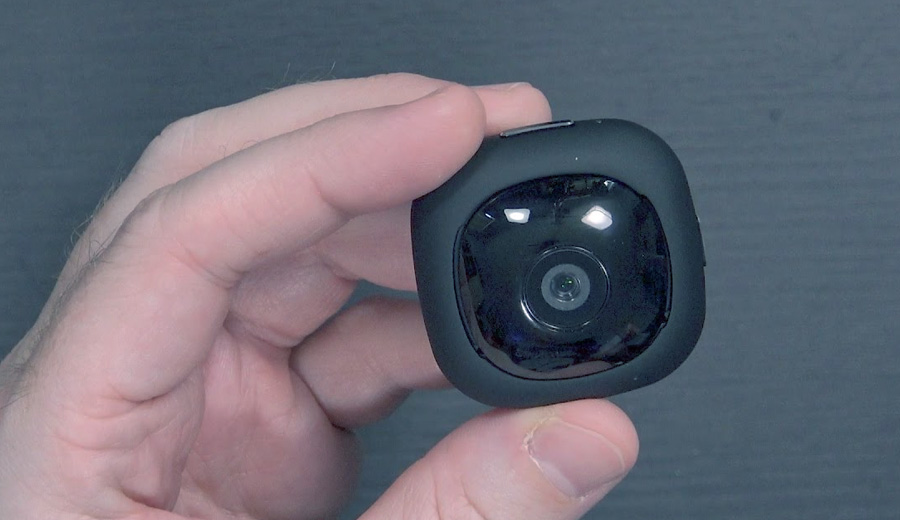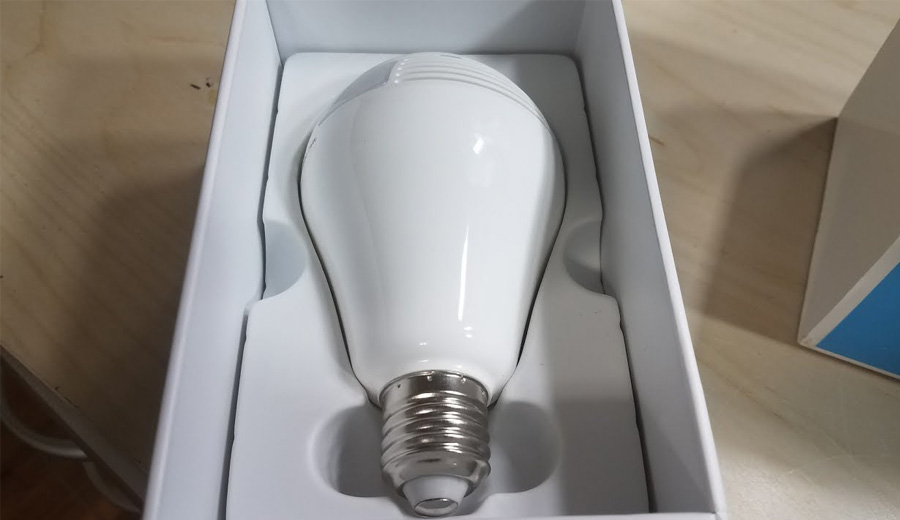There has been an increase in demand for small scale spy cameras which provide a low key and flexible surveillance on a budget for many consumers. Do it yourself, building your own mini-spy camera opens up a new chapter in surveillance device history, specially designed for different purposes.
Now, instead of shedding hundreds of dollars on a new security camera, why not build one yourself, a DIY solution, if you will…
Introduction
Surveillance technology is experiencing rapid growth in recent years. Due to increase in crimes, people opt for any method to secure their home. And one that’s becoming more and more popular is do-it-yourself method.
Spy cameras you make on your own are easily masked, because you decide how it should fit the environment, and thus suitable for different purposes, including surveillance at their homes or in small offices.
Understanding the Requirements
- Purpose: Determine what your DIY spy camera’s primary function should be, like where you’re going to use it, outside, inside, home or office.
- Component Selection: Select a camera module, power supply, storage and a disguise or a housing appropriate for your surveillance needs.
- Crafting Your Miniature Spy Camera
- Integration and Setup: Test the function of the camera module by connecting it to a power source. The micro-SD card will store footage and should be integrated.
- Disguise or Enclosure Design: Choose or design a house that hides the camera well but allows its lens to still record unobstructed.
- Fine-Tuning Settings: Make adjustments to the camera settings, including the resolution and recording duration, according to your needs.
- Testing and Refinement: Test the functionality of the camera and the disguises as needed, in order to ensure maximum performance.
The Raspberry PI Method
A Raspberry Pi with a camera module and PIR motion sensor is another great way to build a spy camera on your own. It’s often used in DIY mini spy cameras.
You can use Raspberry Pi, which is a small single board computer, to control the camera module and motion sensor. Video footage is captured using the camera module while PIR motion sensor is used to detect movement.
When the PIR motion sensor identifies some motion, sends a signal to Raspberry Pi device. It then begins capturing video from a camera module. Video footage is saved in the pi’s sd card.
You will be able to see the video by connecting the Raspberry Pi to a computer or a mobile device. The video footage can also be viewed remotely via a web browser, or by downloading a mobile app.
Here are some of the advantages of using a Raspberry Pi to build a DIY mini spy camera:
- They are quite affordable and are readily available.
- They are quite flexible enough for a number of purposes.
- As such, Raspberry Pi has developed a vast user community.
- A lot of online resources are there to guide you on making your own mini spy camera with Raspberry Pi.
Here are some of the disadvantages of using a Raspberry Pi to build a DIY mini spy camera:
- Some commercial spy cameras are smaller and more discreet than Raspberry Pis.
- The portability of raspberry PIs is also limited by the fact that they demand a constant power supply.
- Commercial spy cameras might be easier to setup and configure than Raspberry Pis.
These are a good choice for do-it-yourself mini spy cameras where you need a versatile and affordable option for your needs.
So take into consideration a limitations of R PI system, versus other methods, when thinking about creating your own DIY surveillance camera or cameras system.
Real-World Applications
Home Security Enhancement: Placement of hidden small-scale spy cameras in strategic places to enhance your home’s security and surveillance is an obvious one.
Specialized Applications: Applications of such a system include; pet monitoring, investigative journalism, wildlife observation and personal DIY projects can also benefit from this solution.
Key Considerations and Tips
Efficient Power Management: Go for long-life batteries or rechargeable ones.
Disguise Creativity: Make sure that the housing or disguise appears as part of the environment to make concealing successful.
Conclusion
Crafting your own small-scale DIY spy camera unveils a world of possibilities.
These covert yet efficient devices offer discrete surveillance for many purposes. As you venture into this field, prioritize privacy, ethical considerations, and responsible use of surveillance tools.
This alternative approach provides a different method to explore the world of mini DIY spy cameras, emphasizing customization and practical applications compared to other options out there on the market.

